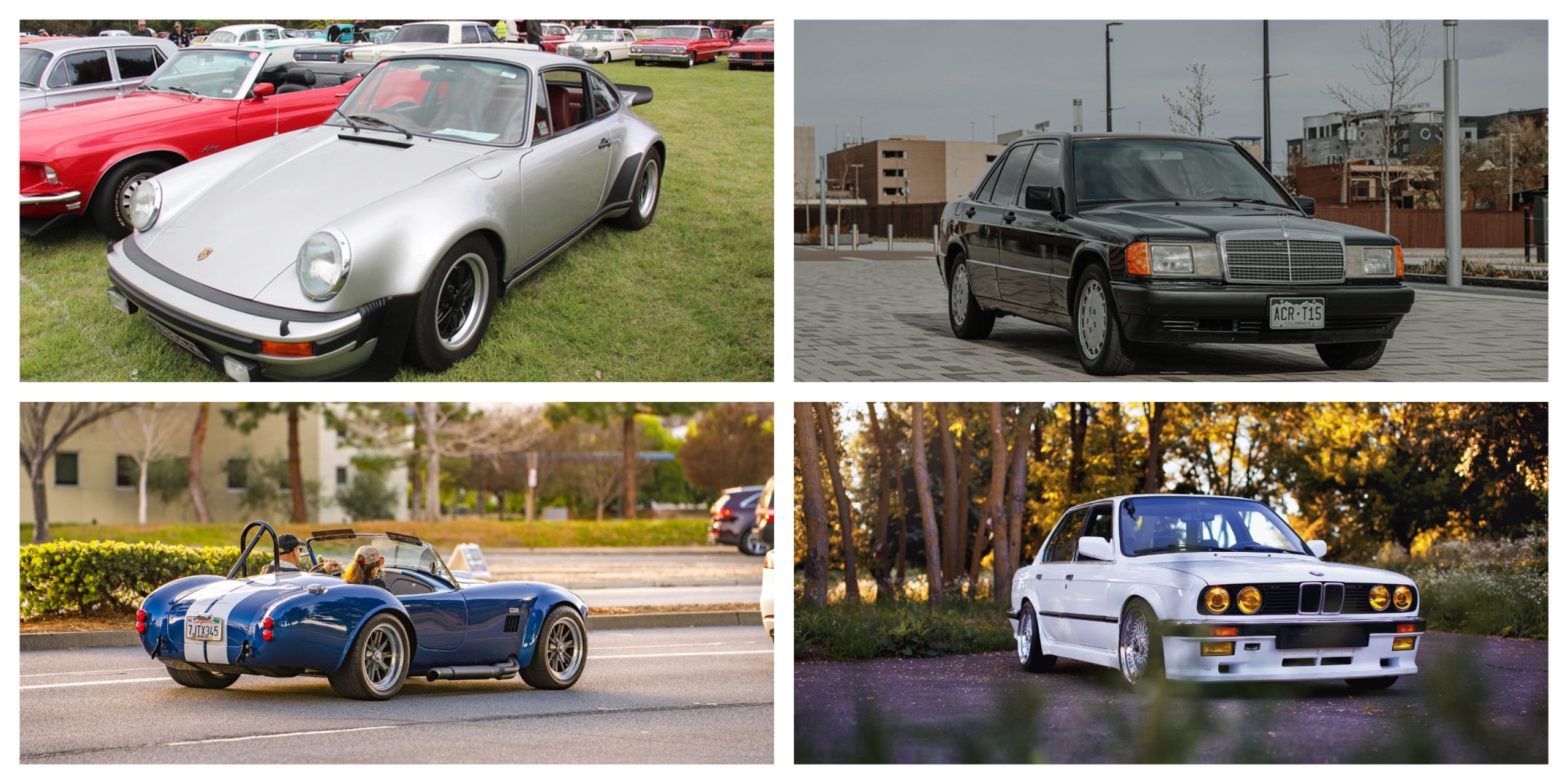Nothing feels better than seeing a beautiful old car driving down your street, with the engine sounding smooth like it just came out of the factory years ago. These aren’t just old cars—they show that some vehicles were made so well they’ve lasted longer than many “modern” cars, which often end up as junk after only a few years.
In the past, cars weren’t made to wear out quickly. They were built by people who truly cared about their work, using strong parts and simple engines that people could fix without needing high-tech tools. The classics on this list come from a time when cars were made to keep going, not to be thrown out when a newer model showed up.
Here are 10 overbuilt cars that, even after all these years, can still give today’s cars a run for their money.

Porsche 911 Carrera RS 2.7 (1973)
The 1973 Porsche 911 Carrera RS 2.7 is a true icon. Just imagine taking this car out for a drive and discovering that even after nearly 50 years, it can still keep up with—and sometimes pass—modern sports cars.
With a 2.7-liter flat-six engine and weighing just 2,150 pounds, this car followed Porsche’s idea of “reduce weight, increase performance.” It delivered 210 horsepower and could go from 0 to 60 mph in just over 5.5 seconds, which was incredible for its time.
Also Read: 12 Cars That Sound So Good, They Don’t Need a Stereo
Today’s Porsches may have more gadgets, but few can match the raw and exciting experience the original RS provides. And here’s the best part: even today’s 911 models still reflect the same spirit and handling that started with this classic.
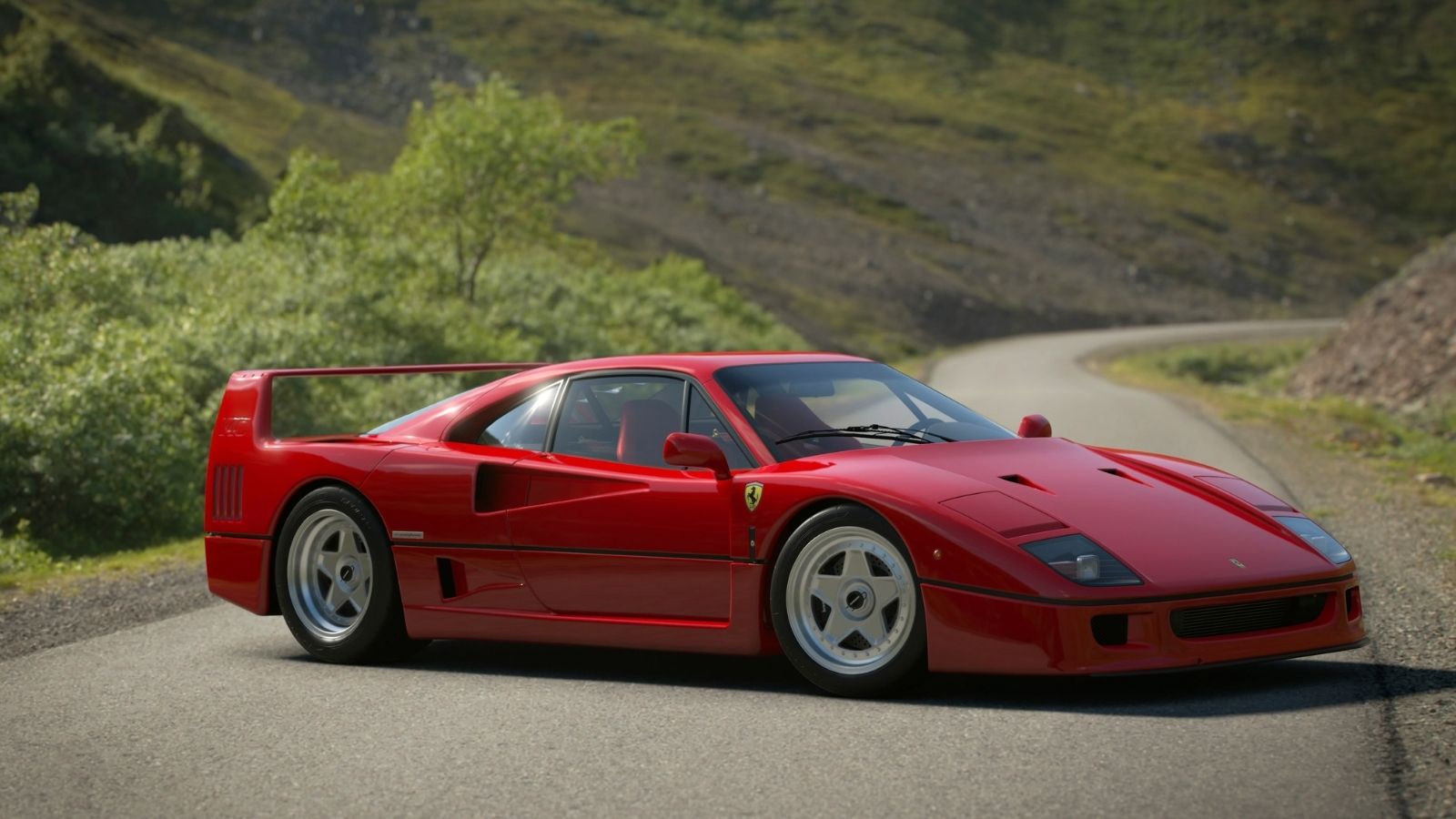
Ferrari F40 (1987)
The Ferrari F40 was the last car personally overseen by Enzo Ferrari before he passed away. It was the fastest and most powerful Ferrari at that time, powered by a twin-turbocharged V8 that delivered 471 horsepower.
That number might not sound huge today, but the F40 had no fancy electronics—no traction control, no ABS, no power steering—so it gave a raw and pure driving experience. It could hit a top speed of 201 mph and go from 0 to 60 mph in 3.8 seconds, becoming the first production car to break the 200-mph mark.
The F40 wasn’t forgiving; if you made a mistake, it made sure you knew it. And its sleek, wind-sculpted look? That was just an added bonus.
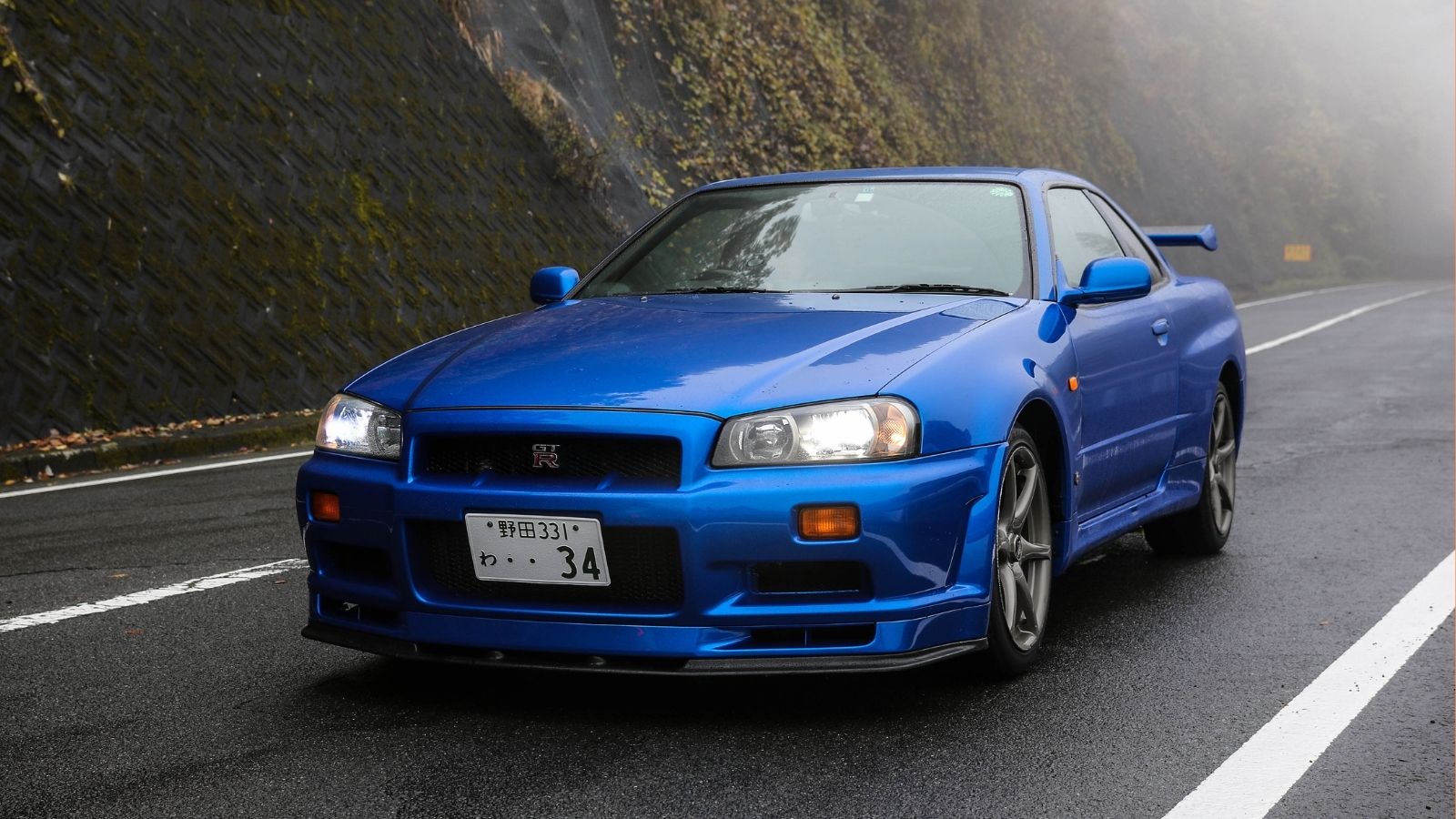
Nissan Skyline GT-R R34 (1999–2002)
The Nissan Skyline GT-R R34 was Japan’s answer to high-performance sports cars. Known as “Godzilla” for its powerful capabilities, the R34 had the RB26DETT engine—a 2.6-liter twin-turbo inline-six that made up to 276 horsepower.
But what made this car stand out was its advanced ATTESA E-TS all-wheel-drive system, which gave it unmatched precision in corners. The electronics in the R34 were far ahead of their time. Even today, tuners find it tough to beat this car’s full potential.
The tuning community holds the R34 in high regard, as with the right upgrades (which it easily accepts), it can outperform nearly anything on the road, from a 2024 Tesla Model S Plaid to a Lamborghini Huracán.
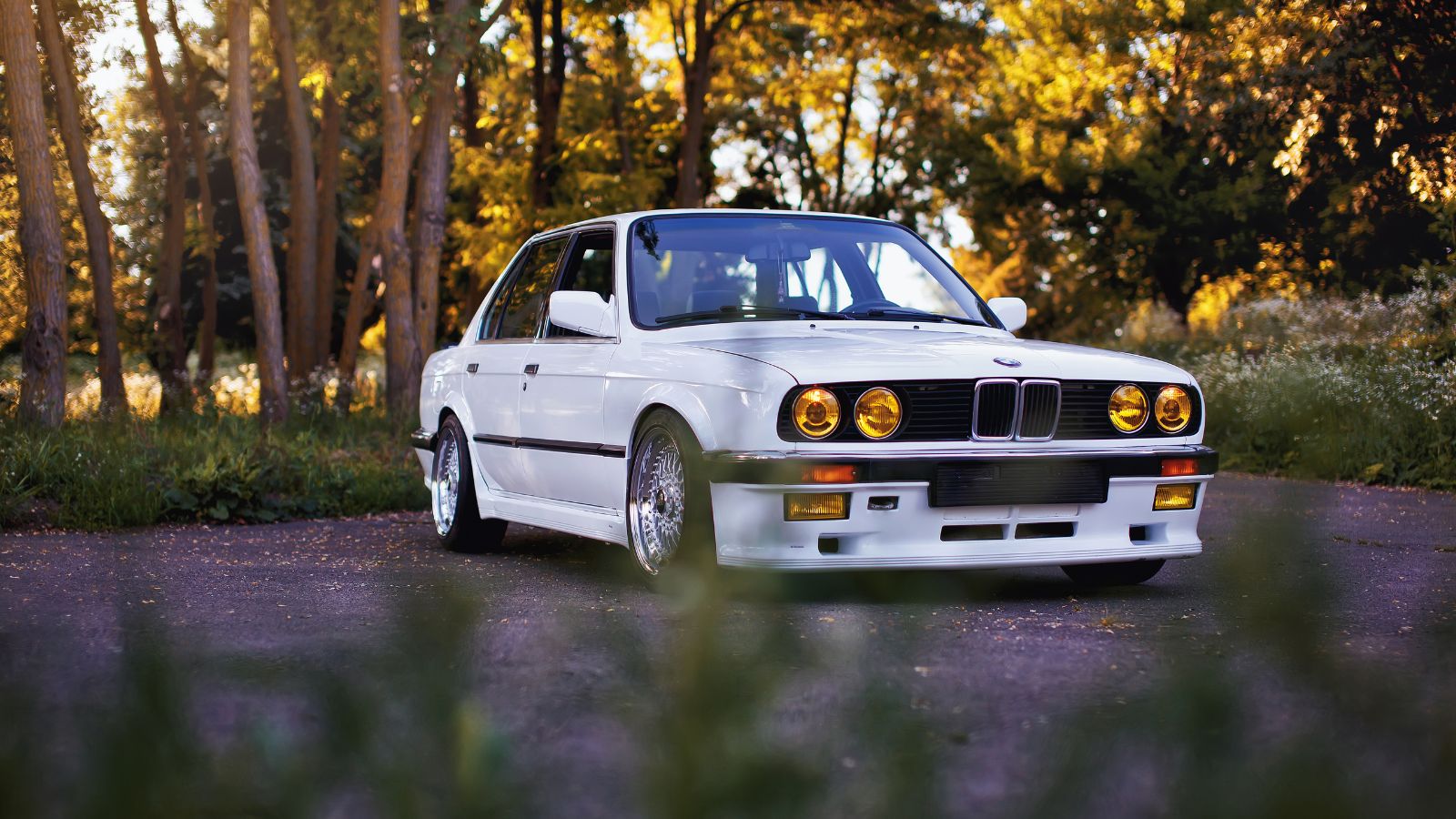
BMW M3 E30 (1986–1991)
Back in the 1980s, BMW took their regular 3 Series, gave it a high-revving 2.3-liter four-cylinder engine, and created the first M3. While modern M3s have gotten heavier and more high-tech, the original E30 M3 remains a light and agile car that still beats many modern sports cars when it comes to how it feels to drive.
It had around 192 horsepower, but power wasn’t the focus here. What made it special was how it handled. Its balance was nearly perfect with a 50/50 weight distribution, allowing it to handle corners better than many of today’s performance sedans.
Also Read: Top 10 Long-Distance Driving Cars That Won’t Quit
Take this car to a twisty road and it glides through turns like a pro. It may not win a drag race against a BMW M4, but on a tight track, the E30 can still surprise people. Fun fact: the E30 M3 is now worth more than many homes. Yep, old really is valuable.
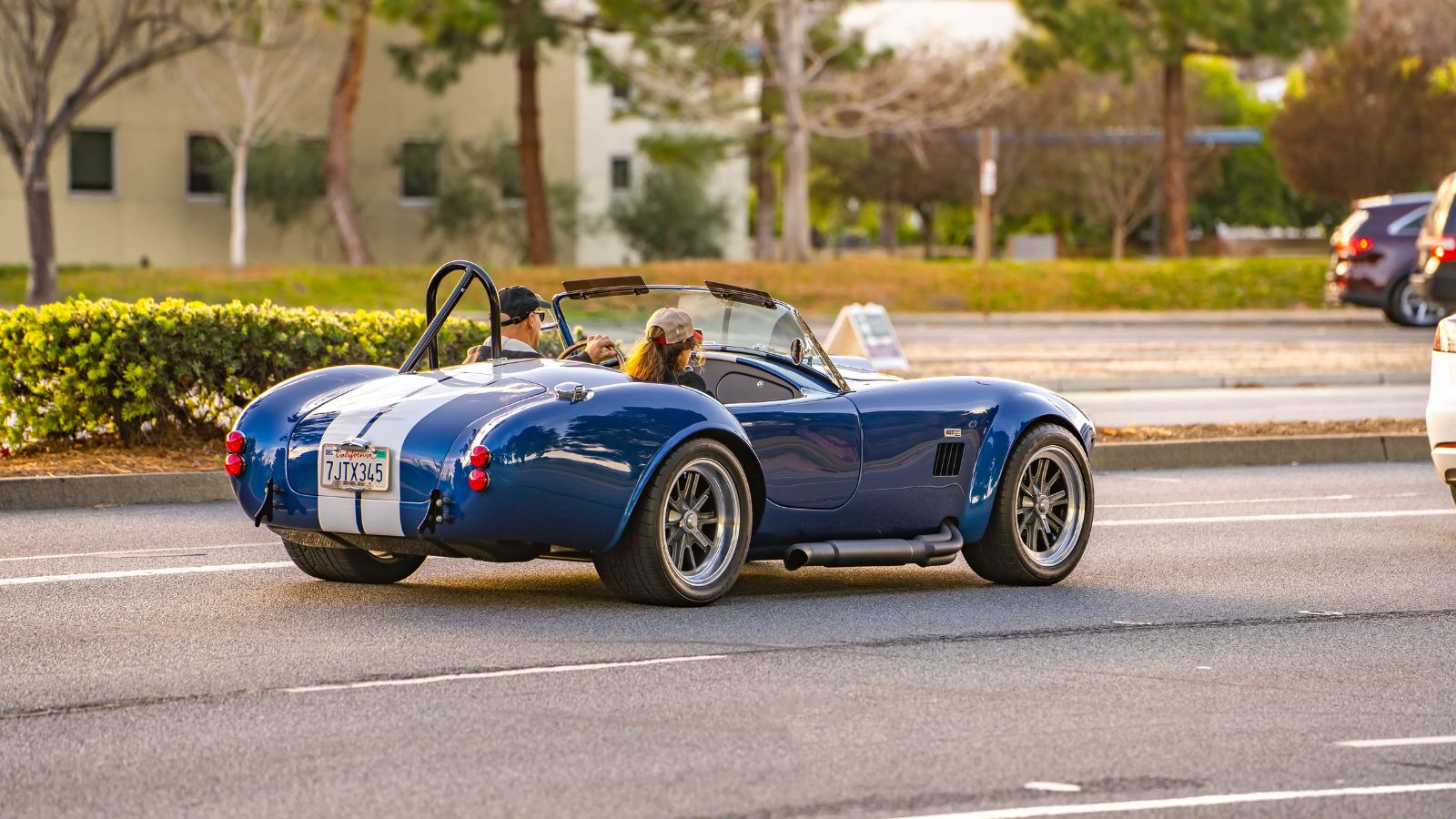
Shelby Cobra 427 (1965–1967)
Think you’re brave? Try controlling a Shelby Cobra 427. Built by Carroll Shelby to win races and impress speed lovers around the globe, this car had one goal: go fast. It had a massive 7.0-liter V8 that pushed out 425 horsepower, and since it only weighed about 2,400 pounds, it felt like launching a rocket.
It could go from 0 to 60 mph in just 4.3 seconds, a time that still competes with modern muscle cars. But what really made it exciting was the lack of modern features. No ABS, no power steering, no stability help. Just you and the machine, hoping you didn’t lose control. That raw driving feel still makes the Cobra 427 thrilling today.
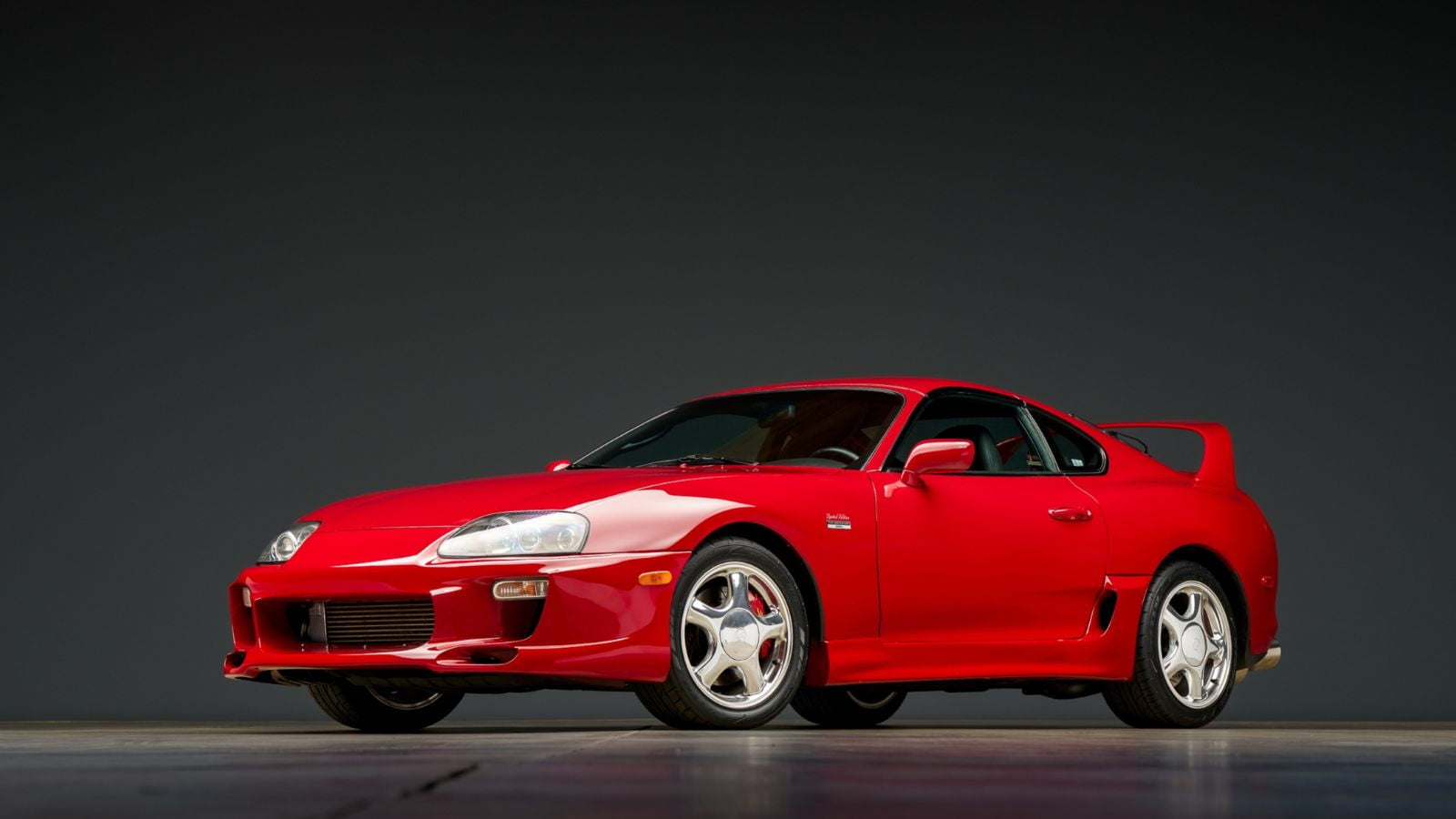
Toyota Supra MK4 (1993–2002)
The MK4 Toyota Supra is famous among car fans and tuners, and it’s clear why. Toyota sold it as a grand tourer, but its 2JZ-GTE engine turned out to be capable of handling way more than the factory settings.
Right out of the showroom, the 3.0-liter twin-turbo inline-six made 320 horsepower. But the engine was built so well that with small changes, Supras can easily reach 600 horsepower, and with major upgrades, even break the 1,000-horsepower mark.
Even without modifications, the Supra’s balance, rear-wheel-drive setup, smooth power, and tough engine let it compete with many of today’s sports cars.
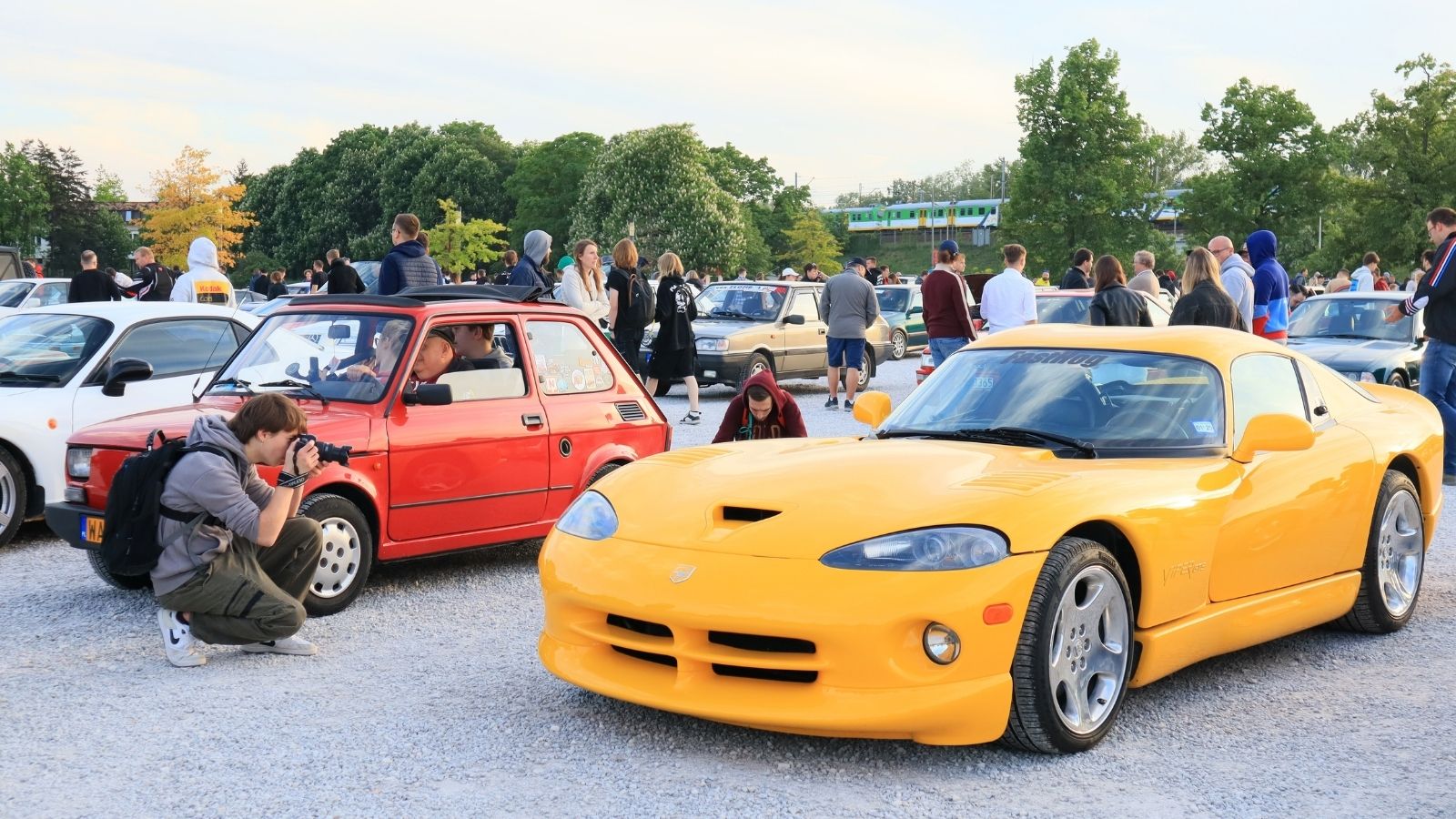
Dodge Viper ACR (1999–2017)
If you like the idea of handling 645 horsepower through a six-speed manual with a roaring V10 engine, then the Dodge Viper ACR is your kind of car. It was built for the track and still holds several lap records around the globe.
Even though it stopped production in 2017, it still outperforms many current cars. Its special body design, grippy tires, and strong engine help it take corners and blast through straights like few other vehicles.
In fact, the Viper ACR has beaten cars like the Porsche 918 Spyder and McLaren P1 on some tracks—even though those cars cost a lot more and use advanced hybrid systems.
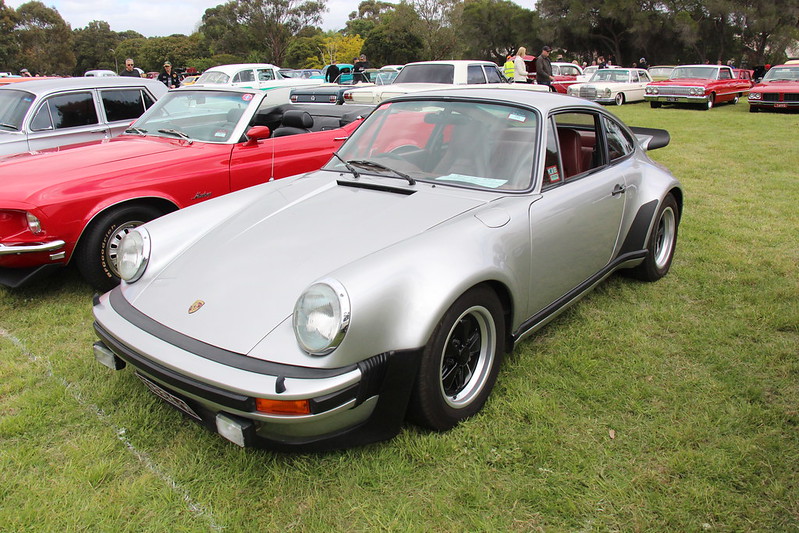
Porsche 911 (Air-Cooled)
Unlike most sports cars that are made to be replaced after a while, the air-cooled 911 was made to last. These carefully built cars were meant to be driven hard and taken care of for a long time, not just used and thrown away.
The air-cooled flat-six engines got rid of many problems that usually happen with cooling systems, and the rear-engine setup helped reduce wear on many parts of the drivetrain. When taken care of properly, these sports cars can go for a surprisingly long distance and still feel great to drive. That’s why they can still be used every day, even though they’re high-performance cars.
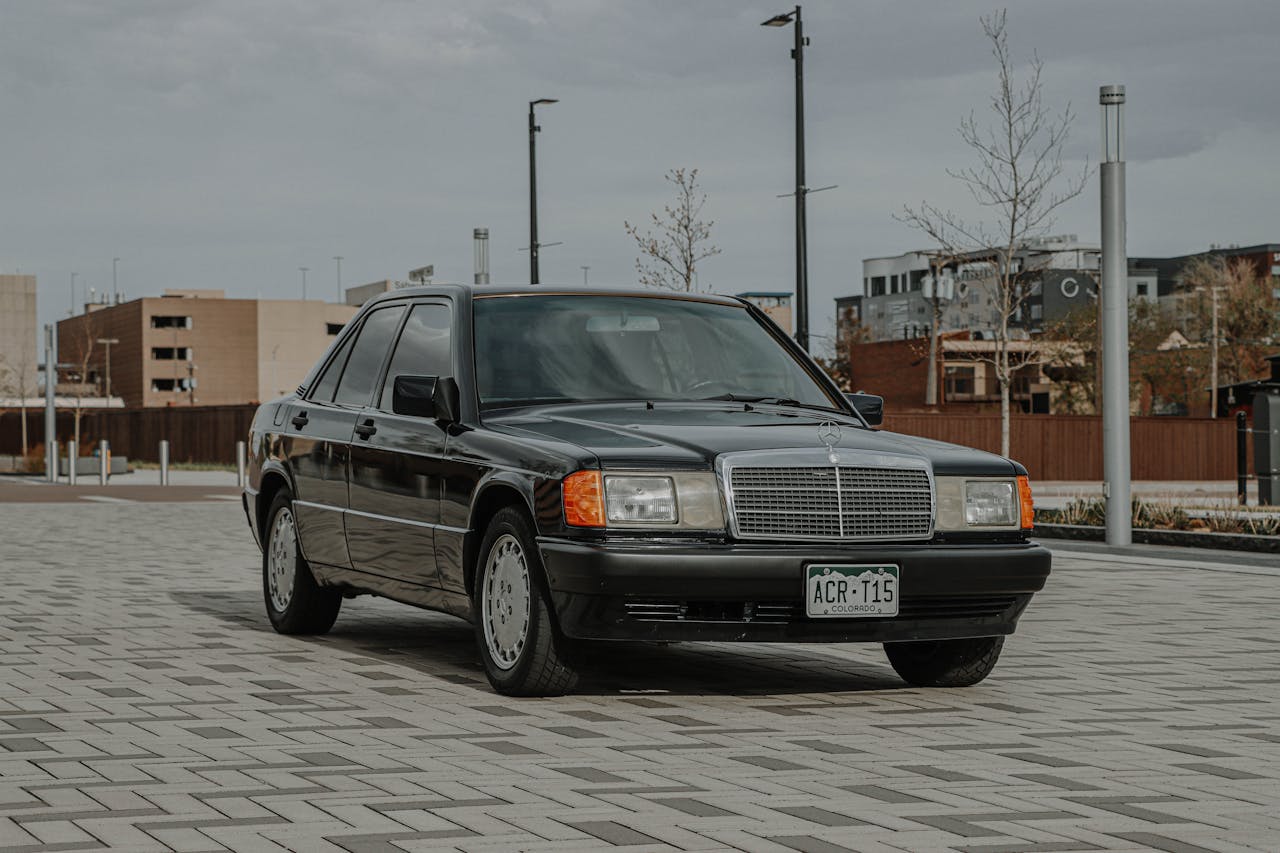
Mercedes-Benz W201 190E
The “Baby Benz” showed that Mercedes could make a smaller car that still kept the toughness the brand is known for. These smaller German sedans were built to the same high standards as the bigger models, which made them strong enough to go past 300,000 miles.
The engines, whether four or six cylinders, weren’t pushed too hard by the factory, meaning they didn’t have to work at their limits during normal driving. Thanks to their sturdy build and good-quality materials, they’ve lasted for decades, even though many other cars from the same time are no longer around.

Toyota Corolla AE86
Known for its role in drifting, the AE86 Corolla started out as a very well-made budget car with fun handling. These light, rear-wheel-drive coupes and hatchbacks were built with simple and strong engineering, which has helped them stay on the road through years of spirited driving.
The 4A-GE engine is known for being tough and running smoothly even when pushed to high RPMs, still performing well long after many other engines would stop working. Because the design is simple, it’s fairly easy to work on, which has helped many AE86s survive as both collector items and everyday cars.

